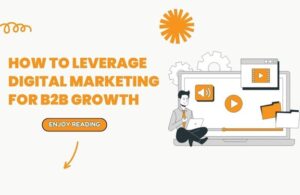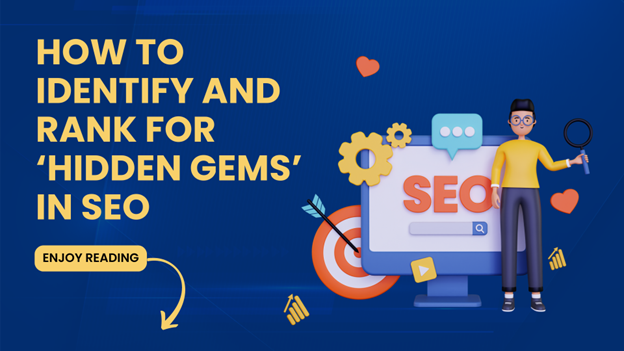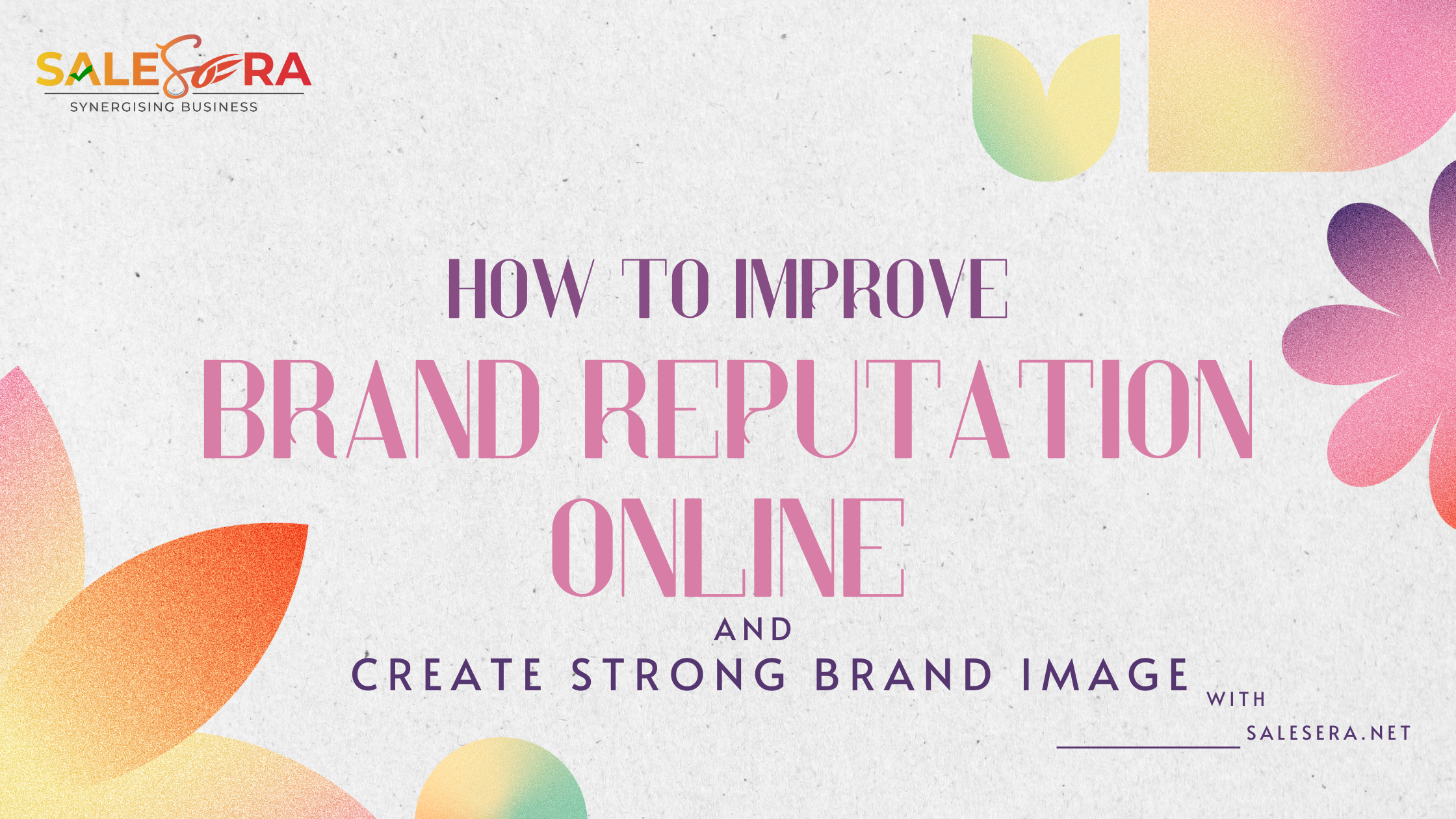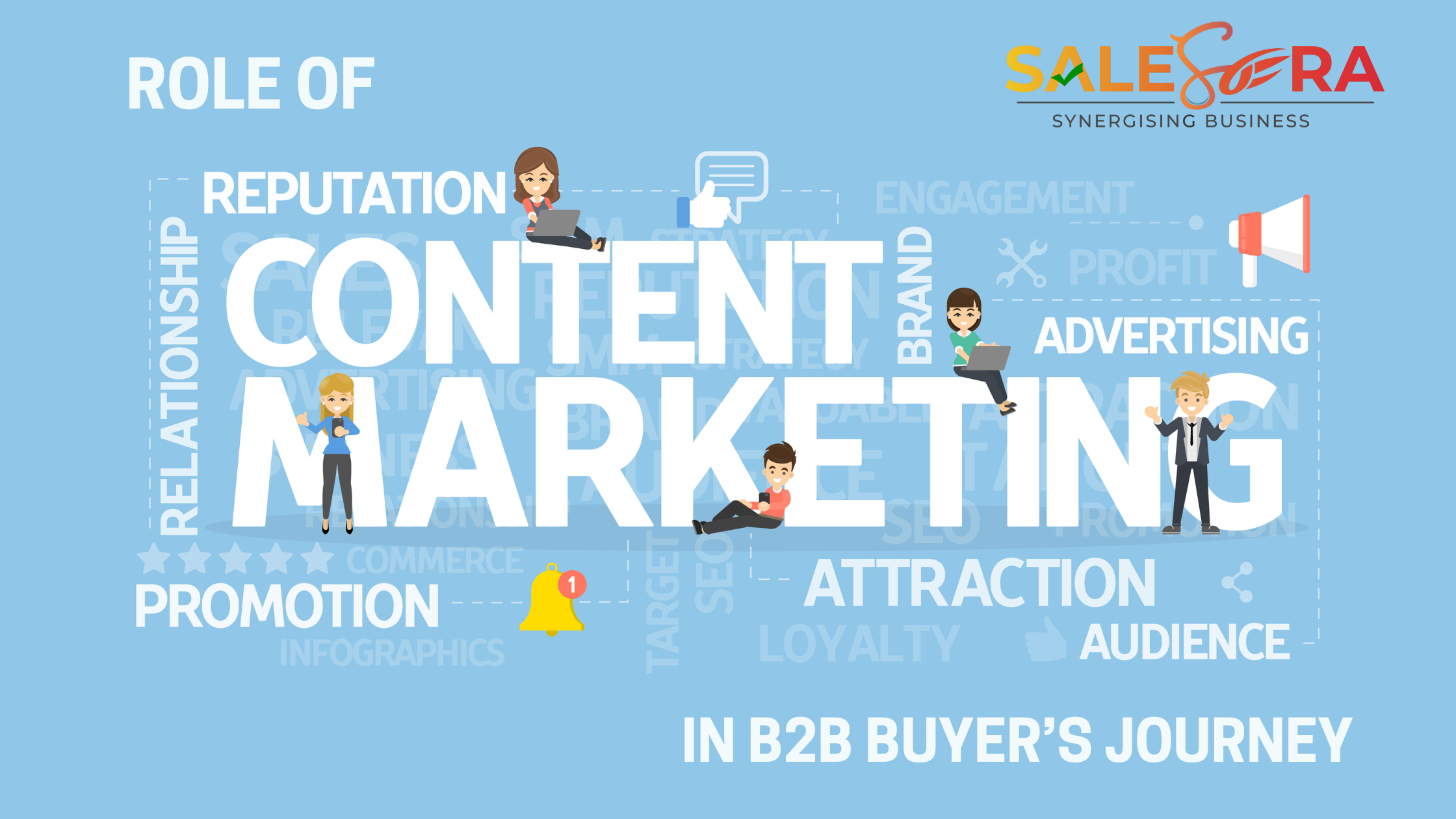In the competitive B2B landscape, digital marketing has become an essential tool for businesses to reach potential customers, nurture relationships, and drive growth. Traditional marketing methods are no longer enough to stand out in today’s crowded marketplace.
This blog post will explore how to leverage digital marketing strategies for B2B growth. From optimizing your website and leveraging email marketing to harnessing social media and implementing content marketing, we’ll cover practical tips and actionable insights to help you connect with your target audience and achieve your business objectives.
Understand Your Target Audience to Ensure B2B Growth
Before you can effectively leverage digital marketing for B2B growth, you need to have a deep understanding of your target audience. Identifying and defining your ideal customer is crucial for creating resonating campaigns that drive results.
Identifying Your Ideal B2B Customer
- Look at your existing customer base and analyze demographics, industries, company sizes, etc.
- Determine the pain points, challenges, and goals of your target customers.
- Identify the decision-makers and influencers involved in the buying process.
Conducting Market Research
- Gather data through surveys, interviews, focus groups, and online research.
- Analyze competitors and industry trends to gain insights.
- Identify gaps in the market and opportunities for your business.
Developing Buyer Personas
- Create detailed profiles of your ideal customers based on research data.
- Include information like job roles, responsibilities, demographics, motivations, etc.
- Use personas to guide your messaging, content creation, and overall marketing strategy.
By truly understanding your target audience, you can tailor your digital marketing efforts to speak directly to their needs, preferences, and behaviors.
Optimize Your Website for Lead Generation
Your website is often the first touchpoint for potential B2B customers. As such, it’s crucial to optimize your website for lead generation to capture and nurture those valuable prospects effectively.
Website Design and User Experience
- Ensure a clean, modern, and responsive design for optimal user experience across devices.
- Focus on clear navigation, compelling visuals, and engaging content.
- Eliminate friction points and streamline the user journey.
Content Creation
- Develop high-quality, informative content like blog posts, whitepapers, case studies, and industry reports.
- Address common pain points, challenges, and questions of your target audience.
- Optimize content for search engines using relevant keywords and on-page SEO tactics.
Calls-to-Action (CTAs) and Lead Capture Forms
- Include strategic CTAs throughout your website to drive desired actions (e.g., download a resource, or schedule a consultation).
- Utilize lead capture forms to collect valuable contact information from prospects.
- Ensure forms are user-friendly, mobile-optimized, and offer a clear value proposition.
Search Engine Optimization (SEO)
- Implement on-page and technical SEO best practices to improve visibility on search engines.
- Conduct keyword research and optimize website content, meta tags, and architecture accordingly.
- Build a robust backlink profile through content marketing, guest blogging, and outreach.
By optimizing your website for lead generation, you’ll create a seamless experience that attracts, engages, and converts your target audience, fueling your B2B growth efforts with a steady stream of qualified leads.
Leverage Email Marketing
Email marketing remains one of the most effective digital channels for nurturing leads and driving conversions in the B2B space. By leveraging email marketing, you can build relationships, share valuable content, and guide prospects through the sales funnel.
Building an Email List
- Offer incentives (e.g., whitepapers, webinars) in exchange for email addresses.
- Use opt-in forms on your website, social media, and offline events.
- Segment your list based on factors like industry, job role, and buyer journey stage.
Crafting Effective Email Campaigns
- Develop a consistent brand voice and visual identity for your emails.
- Personalize content based on subscriber data and behavior.
- Use compelling subject lines, clear call-to-action, and responsive design.
Nurturing Leads through Email Sequences
- Create automated email sequences tailored to specific buyer personas and pain points.
- Provide educational content, case studies, and product information at the right time.
- Guide leads towards conversion with strategic CTAs and offers.
By leveraging email marketing effectively, you can build trust, establish thought leadership, and nurture leads through the buyer’s journey, ultimately driving more conversions and revenue for your B2B business.
Harness the Power of Social Media
Social media platforms offer a powerful avenue for B2B businesses to connect with their target audience, build brand awareness, and drive engagement.
Identifying the Right Social Media Platforms
- Research where your target audience is most active (LinkedIn, Twitter, Facebook, etc.)Analyze your competitors’ social media presence and activities.
- Align your social media strategy with your overall business goals.
Creating a Content Strategy for Social Media
- Develop a content calendar with a consistent posting schedule.
- Share a mix of educational, entertaining, and promotional content.
- Repurpose existing content (blog posts, whitepapers, videos) for social media.
Engaging with Your Target Audience
- Monitor relevant hashtags, industry discussions, and mentions of your brand.
- Respond promptly to comments, questions, and direct messages.
- Encourage user-generated content and social sharing.
By harnessing the power of social media, you can increase brand visibility, establish thought leadership, and foster meaningful connections with your target audience, ultimately driving more qualified leads and business opportunities.
Explore Paid Advertising Opportunities
While organic digital marketing efforts are essential, paid advertising can complement your strategy and accelerate your B2B growth.
Pay-Per-Click (PPC) Advertising
- Utilize platforms like Google Ads and Microsoft Advertising for search engine marketing.
- Create targeted ad campaigns based on relevant keywords and user intent.
- Optimize landing pages for conversion and a seamless user experience.
Display Advertising
- Leverage display advertising networks (e.g., Google Display Network) to showcase visual ads.
- Use targeting options like interests, demographics, topics, and remarketing.
- Experiment with different ad formats (banners, videos, rich media) and placements.
Remarketing and Retargeting
- Reach users who have previously interacted with your brand (website visitors, email subscribers).
- Serve targeted ads to nurture these warm leads and encourage conversions.
- Utilize platforms like Google Ads, Facebook Ads, and LinkedIn Ads for retargeting.
By exploring paid advertising opportunities strategically, you can complement your organic efforts, reach your target audience more directly, and drive measurable results for your B2B business.
Analyze and Optimize Your Efforts
Measuring and analyzing the performance of your digital marketing efforts is crucial for continuous improvement and maximizing your return on investment (ROI).
Setting Measurable Goals and Key Performance Indicators (KPIs)
- Establish clear, measurable goals aligned with your business objectives (e.g., lead generation, brand awareness, revenue growth).
- Define relevant KPIs to track progress toward your goals (website traffic, conversion rates, engagement metrics, etc.).
Web Analytics and Reporting
- Implement web analytics tools (e.g., Google Analytics) to track website performance and user behavior.
- Regularly review analytics reports to identify trends, patterns, and potential areas for improvement.
- Analyze data from various sources (website, social media, email campaigns) to gain a holistic view.
A/B Testing and Continuous Improvement
- Conduct A/B tests to compare the performance of different variations (e.g., landing pages, email subject lines, ad copy).
- Use test results to make data-driven decisions and optimize your digital marketing efforts.
- Continuously iterate and refine your strategies based on learnings and performance data.
By continuously analyzing and optimizing your efforts, you can ensure that your digital marketing campaigns are performing at their best, delivering maximum impact and driving sustainable growth for your B2B business.
Get B2B Growth with SalesEra Digital Solution
Ready to harness the power of digital marketing for your B2B growth? SalesEra offers comprehensive digital marketing solutions tailored for B2B businesses. From audience targeting and website optimization to email campaigns, social media strategies, and paid advertising, we can help you develop an integrated approach that drives qualified leads and revenue.
Explore our services at SalesEra and let’s discuss partnering to leverage digital marketing for your B2B success.
By Achraf Ouahab









